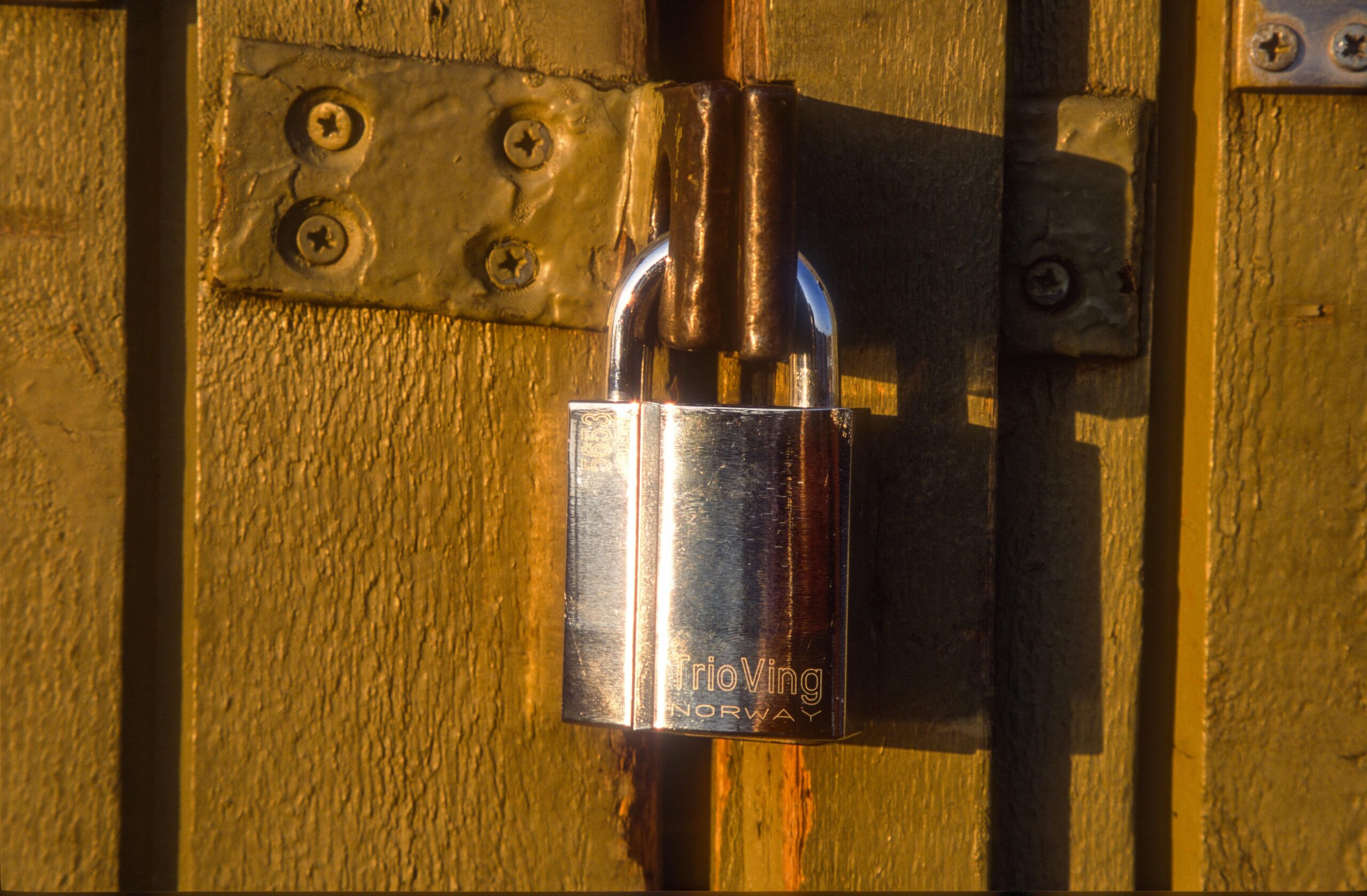In the dynamic world of business, security is the silent guardian that protects assets, sensitive information, and peace of mind. Yet, even the most robust commercial locks can falter, leaving doors ajar and businesses vulnerable at the most inconvenient moments. When faced with a commercial lock failure, knowing how to respond swiftly and effectively transforms a potential crisis into a manageable hiccup. This article delves into the practical steps and expert advice essential for navigating the unexpected challenge of a lock malfunction, ensuring your business remains secure without missing a beat.
Table of Contents
- Understanding Common Causes of Commercial Lock Failures
- Immediate Safety Measures to Protect Your Business Premises
- Step-by-Step Troubleshooting for Quick Lock Fixes
- When and How to Call a Professional Locksmith
- Preventative Maintenance Tips to Avoid Future Lock Issues
- Q&A
- Final Thoughts
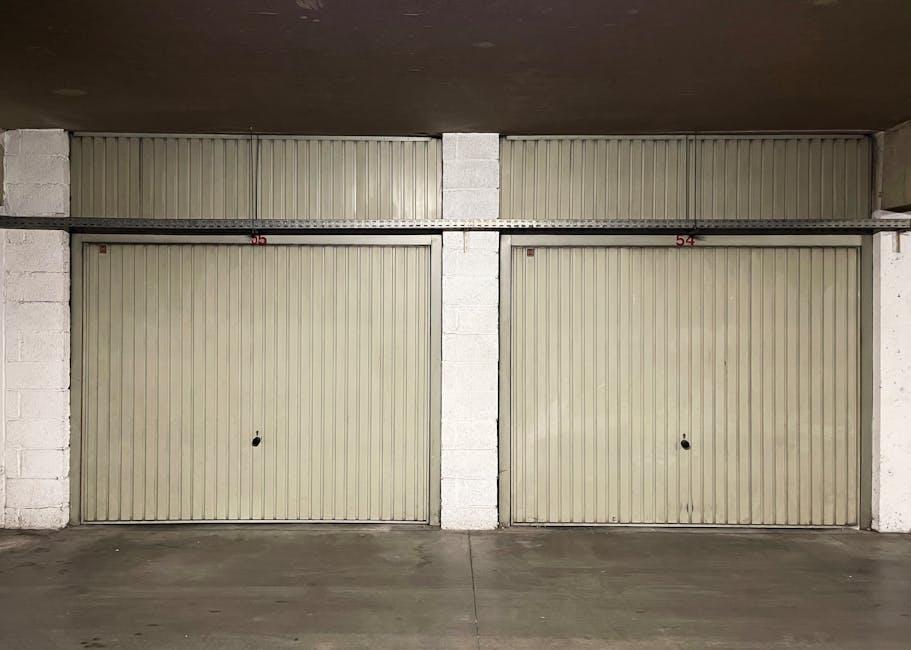
Understanding Common Causes of Commercial Lock Failures
Commercial locks endure constant use and exposure to varying environmental factors, which can lead to sudden failures. Commonly, wear and tear from continuous daily operation weakens internal mechanisms, causing jams or misalignments. Additionally, key damage or incorrect key duplication can prevent a lock from engaging properly. Moisture and debris accumulation, especially in outdoor settings, often cause corrosion and blockages, further compromising the lock’s performance.
Other frequent reasons include:
- Loose mounting screws causing misalignment
- Faulty electronic components in smart locks
- Improper installation or use of incompatible hardware
- Keyway obstruction from dirt or small objects
| Cause | Typical Effect |
|---|---|
| Worn pins or tumblers | Lock won’t turn or unlock |
| Water damage | Corrosion and stiffness |
| Loose hardware | Misalignment and jamming |
| Dead batteries (electronic lock) | Lock unresponsive |
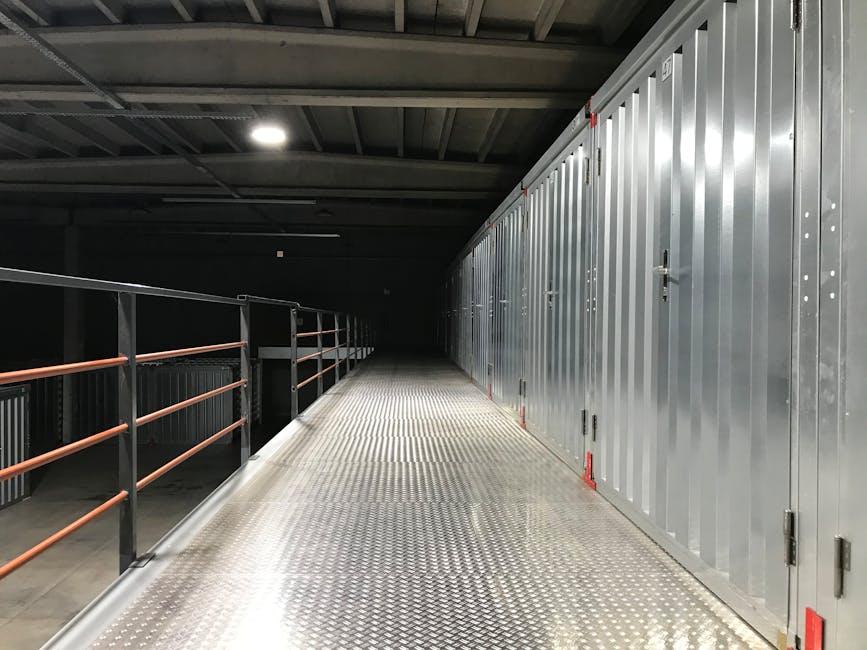
Immediate Safety Measures to Protect Your Business Premises
When faced with a commercial lock failure, the first instinct should be to establish a secure perimeter around your business. Quickly alert your staff and restrict access to vulnerable entry points to prevent unauthorized entry. Use temporary barriers such as heavy-duty tape, portable security gates, or even furniture to block access until professional help arrives. Additionally, enhancing visibility-by turning on external lights or deploying motion sensors-acts as a strong deterrent against opportunistic intruders during this window of vulnerability.
It’s also essential to document the incident as part of your safety protocol. Keep a detailed log of the lock failure including the time it occurred, affected doors, and any suspicious activity noted. This not only aids in insurance claims but also informs your locksmith or security advisor for effective resolution. To streamline immediate response, familiarize your team with emergency contacts and consider placing laminated quick-reference cards near entrances featuring:
- Locksmith emergency hotline number
- Security company contact
- Local law enforcement phone

Step-by-Step Troubleshooting for Quick Lock Fixes
Begin by assessing the lock’s condition without forcing it, as excessive pressure can worsen the issue. Check for visible signs of damage such as rust, loose screws, or debris lodged inside the mechanism. If you spot dirt, gently clean the lock with a soft brush and apply a lubricant designed for locks to ensure smooth operation. For electronic locks, verify the battery status and reset the system if necessary. A simple power cycle often resolves many minor malfunctions.
Next, methodically test the lock’s main components to isolate the root cause. Use the following checklist as a quick reference:
- Key and Cylinder: Ensure the key is undamaged and correctly inserted.
- Lock Bolt: Check if it extends and retracts freely.
- Strike Plate Alignment: Make sure the door frame’s strike plate is properly aligned with the bolt.
- Electrical Components: For digital systems, inspect wiring and keypad functionality.
| Issue | Potential Cause | Quick Fix |
|---|---|---|
| Lock won’t turn | Dirt or corrosion | Clean and lubricate |
| Key stuck | Misaligned cylinder | Realign lock or key |
| Electronic keypad unresponsive | Dead battery | Replace battery |
| Lock bolt jammed | Mechanical obstruction | Clear blockage |
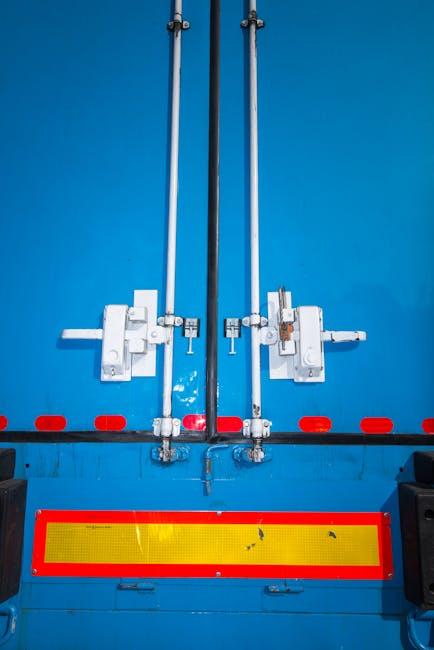
When and How to Call a Professional Locksmith
Recognizing the right moment to seek expert assistance can save your business time, money, and frustration. If you’ve encountered a stubborn lock that won’t turn, key breakage inside the mechanism, or repeated lock malfunctions, it’s a clear signal to call in a professional. Attempting DIY fixes on complex commercial locks not only risks further damage but could also compromise your security system. Additionally, emergency situations like being locked out after hours or damaged locks due to attempted break-ins demand swift, professional intervention to restore safety without unnecessary delay.
When contacting a locksmith, ensure they have expertise in commercial security systems, including high-security locks, access control setups, and master key configurations. Here’s what to prepare when you reach out:
- Clear description of the lock issue, including lock type and any recent problems.
- Proof of ownership or authorization to access the property.
- Availability and urgency to help prioritize your service call effectively.
| Situation | Recommended Action | Response Time |
|---|---|---|
| Lock jammed but no break-in | Schedule a professional inspection | Within 24 hours |
| Key broken inside lock | Immediate locksmith extraction | Same day |
| After-hours lockout | Emergency locksmith call | Within 1 hour |
| Post-break-in damage | Urgent lock repair and security check | Within 2 hours |
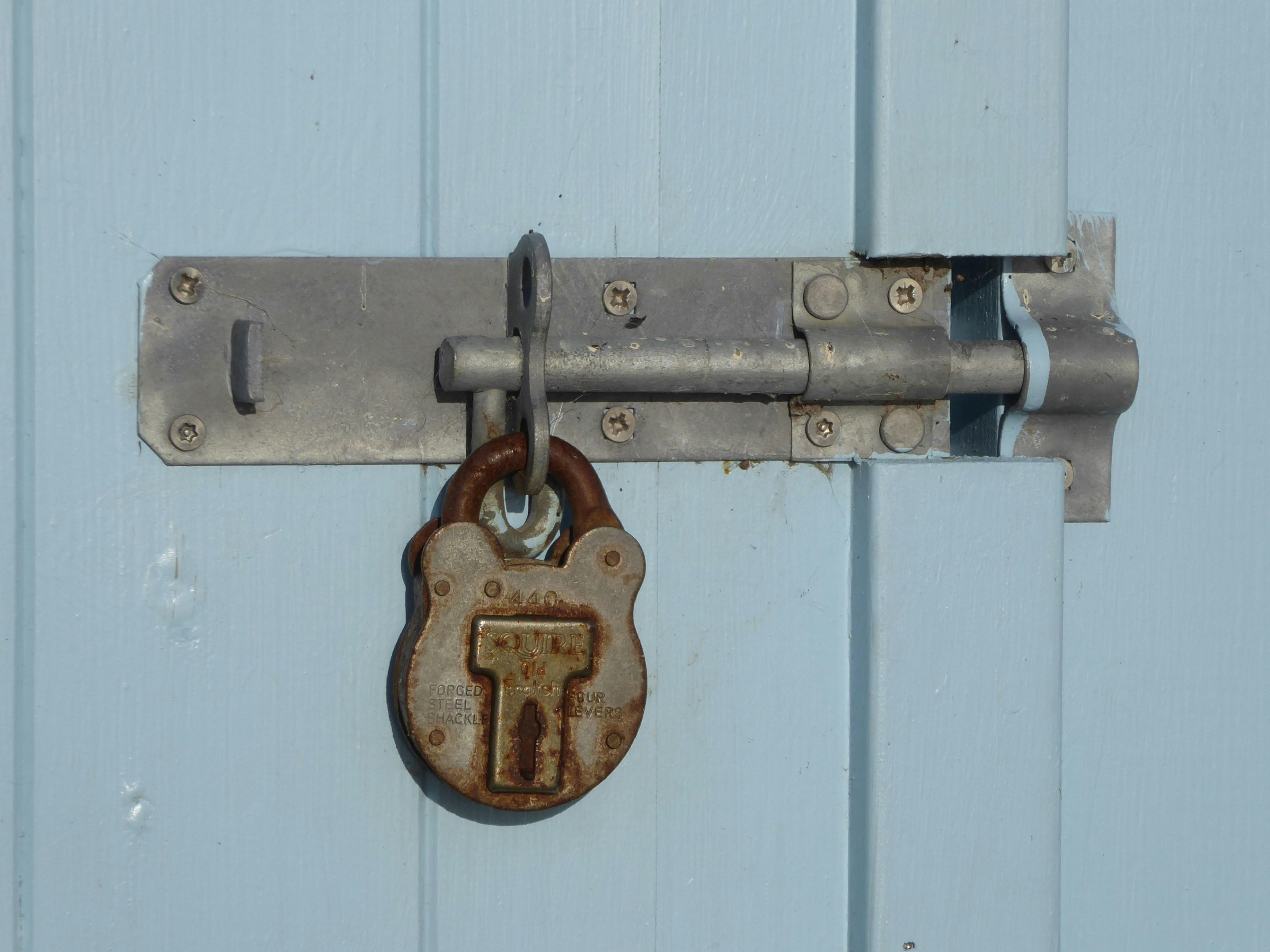
Preventative Maintenance Tips to Avoid Future Lock Issues
Staying ahead of commercial lock failures is all about regular care and timely attention. Simple habits like lubricating key components with graphite or silicone-based lubricants can significantly reduce wear and tear. Avoid using oil-based lubricants, which tend to attract dust and grime, potentially worsening lock function. Additionally, scheduling routine inspections-ideally every six months-helps catch subtle issues like misalignment or corrosion before they escalate into costly failures.
Implementing a structured maintenance checklist empowers facility managers to keep locks in prime condition. Consider incorporating these practices:
- Visual inspections for rust, cracks, or loose screws
- Testing lock functionality during off-hours to prevent disruptions
- Replacing worn-out keys and avoiding excessive key duplication
- Cleaning lock cylinders with compressed air to remove debris
| Maintenance Task | Recommended Frequency | Benefits |
|---|---|---|
| Lubrication with graphite | Every 3 months | Smooth operation, prevents jamming |
| Visual Inspection | Every 6 months | Early detection of potential problems |
| Key Duplication Review | Annually | Enhances security, reduces wear |
| Professional Lock Service | Every 12-18 months | Deep cleaning, advanced diagnostics |
Q&A
Q&A: How to Handle a Commercial Lock Failure
Q1: What should I do immediately after discovering a commercial lock failure?
A1: First, stay calm-panic won’t help. Assess whether the lock is jammed, broken, or simply unresponsive. Check for obvious issues like a stuck key or misaligned latch. Avoid forcing the lock, as this might cause further damage.
Q2: Can I try to fix a commercial lock on my own?
A2: Minor issues such as lubricating a stiff lock or realigning a misaligned door can sometimes be handled by someone with basic DIY skills. However, commercial locks are often more complex and security-sensitive, so professional assistance is usually the safest option.
Q3: How do I choose the right locksmith for a commercial lock failure?
A3: Look for a locksmith licensed and insured with specific experience in commercial lock systems. Check reviews, ask for references, and verify their ability to handle your brand and model of lock. Speedy response time is also crucial in emergencies.
Q4: What are the risks of ignoring a lock failure in a commercial property?
A4: A faulty lock compromises security, making unauthorized entry easier. This can lead to theft, property damage, and liability issues. Additionally, it can disrupt business operations if employees or customers cannot access the premises.
Q5: How can I prevent future commercial lock failures?
A5: Regular maintenance is key. Schedule routine inspections and lubrication, replace worn parts promptly, and ensure lock systems are updated to modern standards. Training staff on proper key usage also helps reduce accidental damage.
Q6: Is it necessary to upgrade locks after a failure?
A6: Sometimes yes. If the lock failure is due to outdated hardware or security vulnerabilities, upgrading to a higher-grade or electronic lock system can improve both security and reliability, offering peace of mind in the long term.
Q7: What should I expect from a professional locksmith service?
A7: A professional will diagnose the problem, provide transparent repair or replacement options, and execute the work efficiently with minimal disruption. They should also advise on security improvements and provide a warranty for their service.
Handling a commercial lock failure thoughtfully ensures safety and business continuity-don’t hesitate to call in the experts when in doubt!
Final Thoughts
In the unpredictable world of commercial security, a lock failure can feel like a sudden jolt in an otherwise smooth operation. Yet, with the right knowledge and a calm approach, what seems like a major setback can quickly become just another handled hurdle. By understanding the common causes, immediate steps, and preventive strategies, you empower yourself to not only manage lock failures efficiently but also to strengthen your commercial security in the long run. Remember, a lock is just a part of your security story-how you respond when it falters truly defines the safety of your business.


